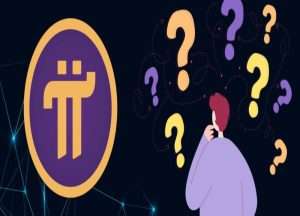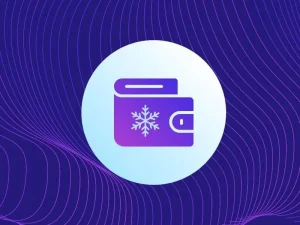What is USD Coin? Why is TerraUSD Price so Unstable?
USD Coin (USDC) is a cryptocurrency whose value is pegged to the U.S. dollar, as implied by its name (USDC). Because the USD Coin is a stablecoin, it should always be worth one dollar.
Second-largest stablecoin by market capitalization, USD Coin has a value of $73 billion. USD Coin (USDC) and Tether (USDT) make almost 80% of the stablecoin market’s capitalisation.
What is USD Coin?
Founded by Circle and Coinbase in 2018 as a regulated stablecoin that runs on the blockchain, USD Coin was the first stablecoin to be launched.
One of the most common types of stable coins is the one that has its value tied to a specific item, such as the value of another cryptocurrency. There will be no deviation from the US dollar value in USD Coin.
In contrast to volatile cryptocurrencies like Bitcoin (BTC) and Ethereum (ETH), which vary in price, stablecoins like USDC are used differently. Instead of providing an asset that, ideally, rises in value over time, this coin is designed to give a steady currency.
For instance, Bitcoin’s year-to-date return is currently -35%. In the meantime, the value of USDC has stayed nearly unchanged year to date. USDC’s 52-week low trading price is $0.995, a small depreciation from its dollar peg.
What Did TerraUSD Do Wrong?
In order to maintain a fixed dollar exchange rate, TerraUSD used Luna, a floating-rate currency, as a back-up currency. Coins might be deposited into an experimental loan scheme called Anchor and customers could receive 20% interest. Within days, the Dollar-TerraUSD peg had broken, and TerraUSD and Luna had both fallen to around zero.
This was due to huge withdrawals from Anchor crypto exchange and the Curve crypto exchange. Critics argued that the only thing keeping TerraUSD afloat was the influx of money from investors who were confident it would continue to rise. There was nothing left to keep it going once the optimism had faded.
How Did Things Turn Out?
After TerraUSD’s demise, the market value of all crypto assets fell by $200 billion in a single day, causing Tether to lose its peg and raising new worries about the stability of stablecoins. As a result, there is no legal requirement for private entities to secure their reserves or maintain the liquidity of the tokens they control.
Governments have always backed traditional currencies, allowing them to weather numerous financial crises. To address claims that it lied when it claimed that its tokens were completely backed by assets in fiat currencies, the company behind the most major stablecoin, Tether, was ordered to pay US regulators $41 million in 2021 to settle the allegations. It did not concede any wrongdoing in the investigation.
What Do They Worry About?
They are concerned about the possibility of additional stablecoin crashes, which could lead to the sale of other assets as their backers attempt to maintain a peg. In the event that stablecoins prove their worth and popularity and allow large sums of money to be exchanged without involving the formal banking system, this could undermine the monetary monopoly of central banks and allow criminals to engage in massive money laundering. This is an even more worrisome scenario!
What Will They Do Next?
It is the US Federal Reserve’s hope that it will be able to regulate issuers in the same way as it regulates banks. Rather than relying on private cryptocurrencies, several central banks are developing their own digital tokens to speed up and reduce the cost of transactions. ECB President Christine Lagarde remarked that cryptocurrencies are “based on nothing” and that a digital euro would be “vastly different” in the days following the collapse of TerraUSD.
Please be aware that all investments involve risk, including the potential loss of part or all of your invested capital. Past performance is not indicative of future results. You should ensure that you fully understand the risks involved and consider seeking independent professional advice suited to your individual circumstances before making any decision.
For any inquiries or feedback regarding this article, please contact us at: [email protected]















